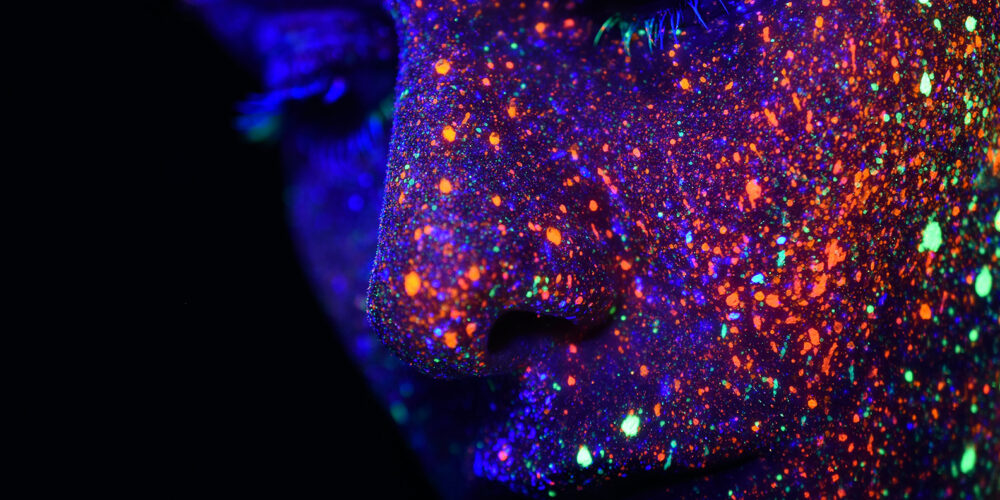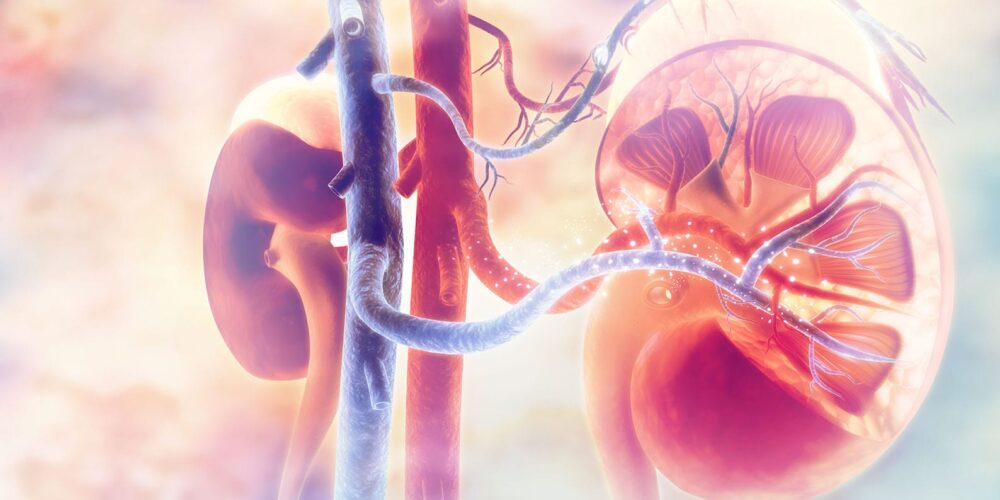Tuning out the fear

Did you know more people fear snakes and spiders than soaring heights or tiny spaces? For some, these worries are minor concerns, easily dismissed. But for others, specific anxieties and fears can cast a debilitating shadow over daily life. It is this type of fear – and specifically its “extinction” – that interests Curtin researcher Professor Ottmar Lipp.
“Fear and anxiety is actually a positive thing, not a negative,” Lipp is quick to explain. “If you were not afraid of things that are dangerous, then most likely you wouldn’t be here! The problem is that it can get out of hand.
“The statistics suggest that one in six Australians will develop an anxiety disorder in their lifetime.[1] So it’s a significant problem.”
He explains there are three ways in which we acquire anxiety.
“The first is by direct experience. You experience something negative in a particular situation and as a result you become afraid. For example you go for a walk in the park and get bitten by a large dog. Consequently, you’re very likely to become afraid of dogs.”
Other ways of acquiring fears include vicarious experience, for example hearing firsthand about somebody being bitten by a dog or witnessing the incident take place, or through third-party information, perhaps via a film or through the news.
“A year ago we had a craze of people being afraid of clowns,” Lipp says. “This was most likely triggered by the pre-marketing of the movie It which features a clown monster that takes children!”
Over the past few decades, Lipp says great progress has been made in identifying and treating fears.
“However, the bad news is that relapse rates vary between 30 to 60 per cent of successfully treated participants.”
Lipp hopes to tackle this significant relapse rate through research that could enhance the long-term effectiveness of treatments.
Currently, anxiety can be treated via “extinction” learning, Lipp says. This occurs through increasing and continued exposure to the cause of the fear. For example, using the earlier dog scenario, a patient would be gradually exposed to a dog in a safe setting and encouraged to increase interaction with the dog over time.
However, the learning acquired in this treatment is fragile and context-specific compared to the original acquisition of the fear. Should the patient encounter a different breed of dog or visit a different park, the fear can easily return.
To combat this, Lipp and his team have been trialling a new methodology, initially pioneered at New York University in 2015.
“The procedure is called novelty facilitated extinction (NFE),” Lipp says with excitement. “The big idea is that rather than presenting the stimuli that created the anxiety alone, you pair them with a novel stimulus that is surprising.”
“For example, if the person is afraid of dogs, you would not only expose them to the dog and encourage interaction, but you would pair these encounters with something unexpected – like music.”
Lipp and his team conducted the trials in the Psychology Experimental Research Laboratories at Curtin (PERL-C), which has eye-tracking instrumentation and EEG equipment for recording brain electrical activity, important resources for psychophysiological research.
“In our simple lab scenario we used [an auditory] tone to accompany an image which had previously caused anxiety,” Lipp explains.
The team has been surprised by the results so far, which confirm that NFE has a significant long-term impact on extinguishing fear.
“The question now is in what way does NFE strengthen extinction learning?” Lipp says. “One possibility is that NFE creates bigger prediction errors. The less predicted an outcome is, the more surprising an outcome is, the more you learn and this potentially results in better, stronger extinction learning.”
Alongside NFE, Lipp is investigating the physiology behind the acquisition of likes and dislikes as well as how we process emotion in facial expressions.
“If we understand the mechanics involved in how we acquire pleasurable associations, we will also have a far better understanding of how we can address fear and anxiety,” he explains.
Lipp believes the research could translate into clinical treatment within the next five to ten years.
“What we’re looking at now is research with considerable promise to inform clinical practice,” he says.
“Twenty years ago we didn’t even understand where fear circuits in the brain are located. We now know, certainly in animals, down to the cell membrane within the central nucleus of the amygdala, where this learning actually occurs.
“We’ve come an enormous way.”
[1] Australian Institute of Health and Welfare 2016. Australian Burden of Disease Study: Impact and causes of illness and death in Australia 2011. Australian Burden of Disease Study series no. 3. BOD 4. Canberra: AIHW.



